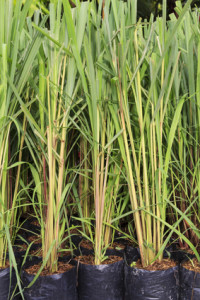Obtain An Environmental Law Degree at Home!
Vermont Law School is one of the most highly regarded environmental law schools in the United States. Indeed, its environmental law program has been ranked tops in the country by U.S. News and World Report three years in a row. Vermont Law School offers two different masters programs in the environmental law arena.
At the heart of these programs is an education designed to give students the tools they need to make a positive change in the natural world. The masters courses are designed to give students a strong background in the legalities associated with sustainable management of the world’s natural resources. The masters programs focus on both environmental practices as well as public policy.
A unique element of the masters programs in environmental law offered by Vermont University is that they are both online offerings. A person can obtain a masters degree in law at their own pace and literally from the comfort of their own home. Moreover, a student can be located anywhere in the country to access the masters of law programs at Vermont Law School.
The two programs at Vermont Law School include the Masters of Environmental Law and Policy. The second masters program is the LLM in Environmental Law. Through both of these significant and comprehensive courses of study, a student garners a deep understanding of policy, science and the law that contributes to meaningful global solutions for the future.
The LLM program specifically is designed for students who previously obtained a JD (Juris Doctor). On the other hand, the Masters of Environmental law is geared not only to law school graduates but to other professionals like teachers and scientists — individuals who have a serious interest in the environmental future of the country and the world. The program is also geared to governmental workers and employees as well. There is a significant focus not only on law but on public policy as well.



















